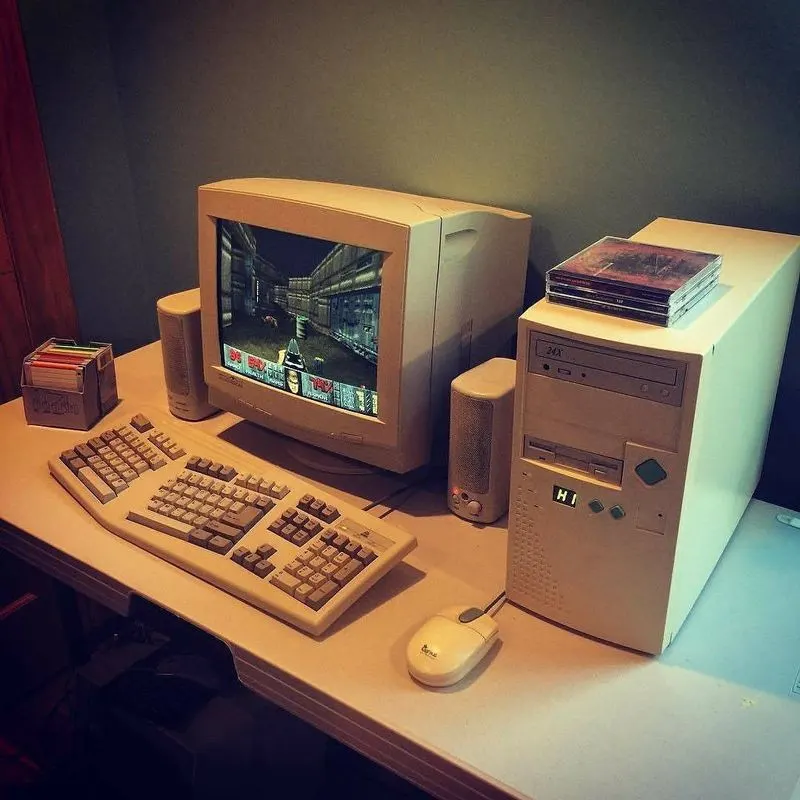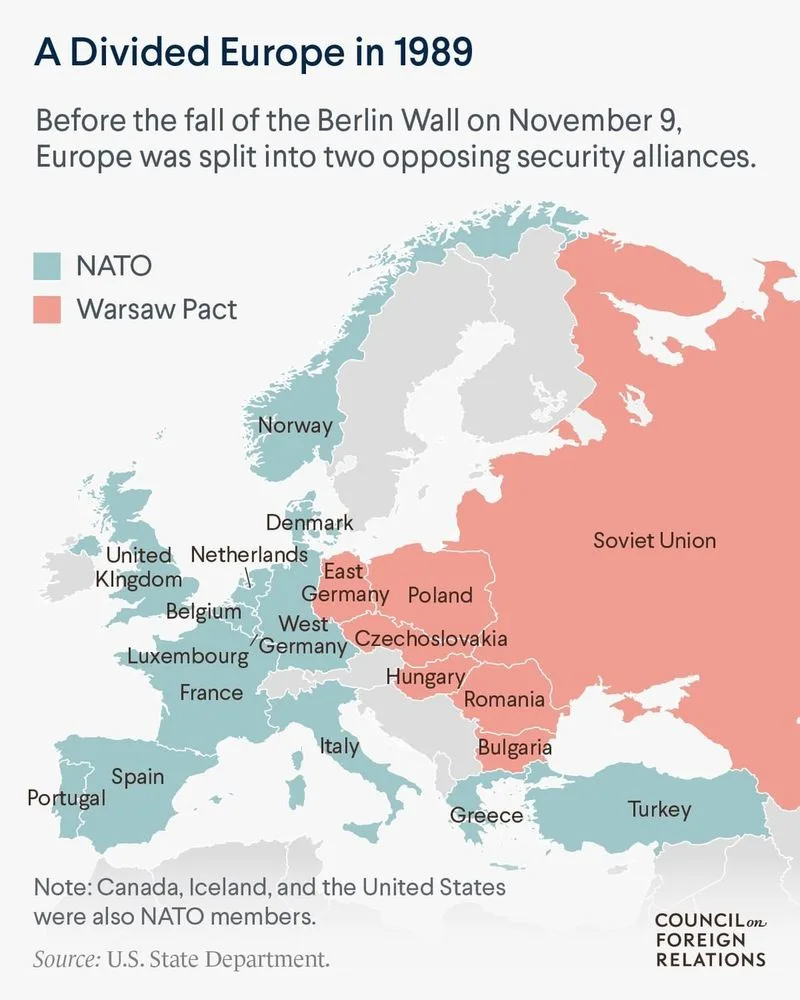Every generation grows up facing unique challenges shaped by the times they live in, and Baby Boomers are no exception. From a world without modern technology to the aftermath of major global events, Boomers navigated a reality that seems almost unrecognizable today.
While Gen Z thrives in an era of rapid innovation and connectivity, the struggles and resilience of the Boomer generation remain a fascinating contrast.
In this article, we’ll explore 14 harsh realities that defined the Boomer experience – realities that Gen Z, with their vastly different upbringing, might find difficult to imagine. These insights offer a glimpse into the trials and triumphs of a generation that shaped the modern world as we know it.
Limited Career Opportunities

In the past, career paths were often more rigid, and opportunities for advancement were limited. Boomers often faced stagnant work environments where climbing the corporate ladder was a slow process. Networking was a face-to-face affair, and geographical limitations often dictated job prospects.
Unlike today’s global job market, options were confined by location and available industries. Relocating for a new position was a significant undertaking. Many boomers spent their entire careers in one company, rarely switching jobs, which contrasts sharply with Gen Z’s dynamic career moves. Career shifts required more than just a resume update.
Waiting for Technology

Technological advancement was a slower affair, and patience was a virtue. Boomers remember a time when waiting for a rotary dial to return was the norm.
Innovation wasn’t as rapid as today; new devices appeared at a snail’s pace. The anticipation associated with the latest gadget wasn’t an annual event but a rare occasion. Waiting was part of life, from the telephone to the television, where channels had to be manually tuned.
Patience wasn’t optional; it was embedded in the fabric of daily activities, contrasting sharply with Gen Z’s instant access world.
Cold War Tensions

Living under the constant threat of nuclear war defined the boomer experience. School drills included hiding under desks as if wooden furniture could protect against atomic bombs.
Media was saturated with messages of potential threats, painting an ever-present background of anxiety. This looming danger affected everyday life, altering perceptions of safety and security.
Today’s climate, while not free of global tensions, doesn’t mirror the immediate, existential dread pervasive during the Cold War. Gen Z may read about it, but living through it is a different reality entirely, filled with uncertainty and fear.
No Online Shopping

Boomers relied on catalogs and in-person shopping, as online shopping was a distant dream. Choices were limited to what was locally available, and browsing involved flipping through pages of a catalog or wandering store aisles.
Purchases required time and effort, often necessitating a trip to multiple stores. Return policies were strict, and the convenience Gen Z enjoys today was absent.
Shopping was an event, not a click away, requiring planning and patience. The immediacy of today’s online marketplace contrasts sharply with the delayed gratification boomers knew as part of everyday life.
Manual Everything

Before automation took over, everything was manual. Cars required a skillful touch with manual transmissions, and even household chores required more elbow grease.
Tasks that now benefit from automation required physical effort and time. Whether driving or cleaning, each task was more labor-intensive. This reality taught resilience and patience.
Today’s ease, with everything from automatic cars to robotic vacuum cleaners, is a stark contrast to the tactile and time-consuming tasks boomers were accustomed to. The shift from manual to automated is one of the most pronounced changes between generations.
Limited Media Choices

Entertainment options were few, with only a handful of TV channels to choose from. Family time often meant gathering around whichever channel had the least amount of static.
Programming was limited, and waiting for favorite shows was a shared experience. Unlike the on-demand culture today, TV schedules dictated viewing habits.
Radio and print were significant media sources, each with its own limitations. The diversity Gen Z experiences in media choices was unimaginable. Boomers grew up in a time where choices were few, and options were limited, making today’s endless content seem extraordinary.
Physical Socialization

Social interactions required physical presence, with friendships nurtured through face-to-face meetings. Communication involved letters or phone calls, and meet-ups were planned well in advance.
Spontaneity had its limits; social lives revolved around physical locations. Today’s digital interactions, where a message reaches across the globe instantly, stand in stark contrast.
The art of letter writing and the anticipation of a reply are largely lost. Boomers learned patience in relationships, valuing time spent together in ways Gen Z might not fully grasp. The shift from physical to virtual isn’t just technological but deeply cultural.
Paper-Based Information

Research was a manual affair, with libraries as the main source of information. Boomers relied on card catalogs and encyclopedias, spending hours sifting through pages.
The effort to find information made knowledge highly valued. Today’s digital age offers instant answers, something unimaginable back then. Libraries were hubs of learning and social interaction.
The tactile nature of research is a forgotten art. Gen Z’s proficiency with digital tools contrasts with the methodical approach boomers were accustomed to, highlighting a significant shift in how knowledge is pursued and valued.
Strict Gender Roles

Traditional gender roles were more rigidly defined, with societal expectations heavily influencing personal choices. Men and women had clearly delineated roles, both in public and domestic spheres.
These expectations dictated career choices, education, and family dynamics. Challenging these norms was difficult and often met with resistance.
Today’s fluidity in gender roles and increased equality in opportunities is a world apart. Boomers lived during a time when deviation from the norm was rare, and the fight for equality was just beginning. This cultural shift is profound and continues to evolve.
Limited Travel Options

Traveling was a luxury not readily accessible to everyone. Air travel was expensive, and road trips required time and planning. Boomers often experienced travel as a significant event rather than a routine part of life.
Destinations were limited by budget and transportation modes available. The concept of global travel, now common for Gen Z, was a rarity.
Today’s ease of booking a flight online contrasts sharply with the manual processes of the past. The idea of spontaneous travel was mostly a dream, making modern flexibility in travel plans a stark generational shift.
Smoking Everywhere

Smoking was a ubiquitous part of life, with few restrictions on where it could occur. Offices, restaurants, and even airplanes had designated smoking areas, with non-smokers adapting to the presence of smoke.
Public health awareness was minimal, and smoking was ingrained in social activities. The shift towards health consciousness and smoke-free environments is a dramatic change.
Today’s strict regulations and health campaigns reflect a significant societal shift. Boomers lived in a world where smoking was normalized, contrasting sharply with Gen Z’s health-conscious environment.
Low Tech Communication

Communication was far from instantaneous, with messages taking time to reach their destination. Phone calls often meant waiting for a free line, and long-distance communication came at a cost.
The immediacy of today’s digital messaging was unimaginable. Written letters and landline conversations were the norm, requiring patience and effort.
The evolution from analog to digital communication highlights a massive shift in how people connect. Boomers experienced a time when communication was deliberate and thoughtful, contrasting with Gen Z’s instantaneous interactions.
Economic Instability

Economic uncertainty was a constant backdrop, with recessions impacting job security and personal finances. Boomers navigated a volatile economic landscape where job loss was a common fear.
Inflation and unemployment shaped financial decisions, often requiring cautious spending and saving habits. The recent economic challenges faced by Gen Z are reminiscent, yet distinct.
Understanding the past economic hardships provides context to today’s financial resilience. Boomers’ experiences with economic fluctuations taught them adaptability, a lesson relevant to current and future generations.
Environmental Ignorance

Environmental awareness was minimal, with industrial progress often prioritized over ecological concerns. Pollution and waste were less regulated, contributing to significant environmental issues.
Corporate responsibility was a nascent concept, with little public discourse on sustainability. Today’s focus on environmental responsibility marks a significant cultural shift.
Boomers lived in a time of ecological negligence, where environmental impact was seldom considered. This change towards sustainability and awareness reflects a generational shift in values and priorities, showcasing progress in addressing global challenges.

